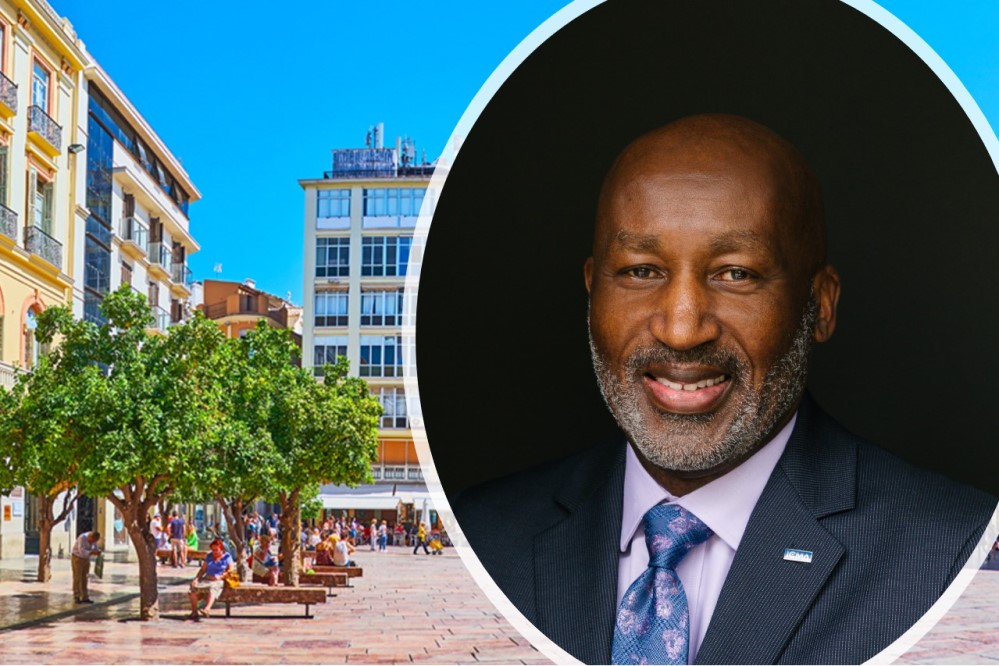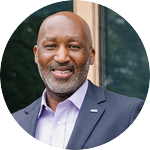
The September 2021 issue of PM gives you a great cross section of articles on the people side of diversity, equity, and inclusion. I’d like to share a few thoughts on inclusivity initiatives in the built environment.
The Great Recession in 2008 pushed communities worldwide to begin looking for ways to regain economic vibrancy in both urban and suburban communities. At the same time, we as leaders became more intentional about incorporating the core values of diversity and inclusion as central elements of the planning process. The result has been numerous examples of innovative and compelling mixed-use developments where all kinds of people can feel like they belong.
Blurring Suburbs, Cities, Towns
A driving force behind the new, inclusive built environments is a fundamental shift in what’s important. People no longer want to spend hours commuting, putting in eight hours at an environmentally unfriendly workstation, and then going home to their residence far from retail and recreation areas. That’s just not working for people anymore and COVID even intensified these feelings.
Just a few miles from where I am sitting at ICMA’s headquarters in Washington, D.C., the county of Arlington, Virginia, was able to attract Amazon’s HQ2 in part because of its long-term commitment to fostering an inclusive environment with affordable housing, access to greenspace, and public transportation. In keeping with the county’s priorities, the new Amazon facility will feature 2.5 acres of public greenspace, a dog run, and a 250-seat amphitheater so that workers have a variety of indoor and outdoor workspaces.
Tom Carroll, ICMA fellow and city manager of Silverton, Ohio, chronicles the decline of the inner ring suburbs and points out that a “commitment to inclusion” is central to successful revitalization. In his research project for ICMA, which features many examples of Ohio-based revitalization, he outlines how first suburbs are well positioned to create mixed-use redevelopments and are more attractive to residents who want to be close to center city. Tom’s recent PM article, “Housing, Land-Use Policy, and Local Government’s Role in Structural Racism,” also discusses how housing policy and zoning laws are some of the most powerful tools in a city manager’s toolbox in reversing “a history of segregation and disparity.”
Additionally, climate change is forcing communities throughout the world to modify the built environment in many ways—making space for bike lanes and green zones as well as denser housing, access to public transportation, and even access to broadband.
Process Leads to Positive Outcomes
Common to communities who have seen success in creating an inclusive built environment is the adoption of a shared vision. Getting the civic and business communities on the same page makes the path to implementation infinitely easier. City, county, and town managers are critical to facilitating this process and explicitly engaging marginalized groups in the process. There are dozens of resources from ICMA and our partners that provide guidance on how best to do this. One example is ICMA’s recent publication, Problem Solving Through Arts and Cultural Strategies, which takes an innovative approach to creative placemaking.
Walkable communities that offer a variety of housing, retail, education, and employment options attract people from all life stages and racial and cultural backgrounds. This mix makes ideal partners with local government in improving not only the built environment, but community programs as well. By tapping into the vast experience of diverse community members, transformative ideas are born—everything from cultural festivals that attract tourists to educational programs in partnership with local colleges to expand employment opportunities for residents.
Density of Talent Drives Innovation
The ongoing shift to remote work, accelerated by the pandemic, reinforces how the built environment must adapt and accommodate to very different ideas of the “workplace.” As Richard Florida described in his ICMA Unite keynote speech in 2020, what drives innovation and startup entrepreneurship is not the density of jobs or offices, but the density and diversity of talent.
When I have the opportunity to visit a community that has been revitalized in this inclusive way, I am struck by the almost electrifying energy transmitted there. Economic growth and stability may be a core mission of local government leaders, but what we are learning in the process is that inclusion is integral to accomplishing that growth especially in the built environment. It’s less about removing barriers and more about opening doors!

MARC OTT is executive director of ICMA, Washington, D.C.
New, Reduced Membership Dues
A new, reduced dues rate is available for CAOs/ACAOs, along with additional discounts for those in smaller communities, has been implemented. Learn more and be sure to join or renew today!
